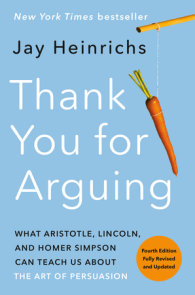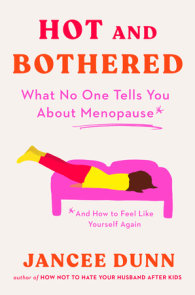READERS GUIDE
Discussion Questions1. South Korea exports a higher volume of cosmetic products than smartphones and has more plastic surgeons per capita than any other country in the world. Did it surprise you to learn the country is a global epicenter of beauty? Why or why not?
2. In South Korea, using products and getting procedures to “improve” one’s appearance is part of everyday life—and opting out (as the women of the Escape the Corset movement did) can lead to job loss and social/family estrangement. Do you think beauty culture operates in the same way in the United States? What are the costs to opting out?
3. Hu was the first-ever Korea and Japan bureau chief for NPR. What kinds of insider/outsider perspective did you think she brought to her reporting as a Taiwanese American woman?
4. Beauty work is often uncomfortable, expensive, and time-consuming—yet we tend to ignore those costs and even cloak it as “self-care.” How would you measure the financial, time, and social costs of appearance labor in your own life? Do you think of it as work?
5. How does gender play a role in beauty work? How do different genders experience the expectations of beauty culture in similar or disparate ways?
6. How has beauty culture affected your own life? Where did you see your experiences mirrored in Flawless? Has reading the book changed how you approach and understand appearance expectations in regard to yourself, friends, family members, and colleagues?
7. K-beauty companies are remarkably innovative. What did you think of how K-beauty companies have explored new ingredients (like green tea in skincare) and creative packaging? How have you seen beauty products change over the last decades?
8. Korean ajummas—older, authoritative women—welcome old age and subscribe to beauty work that is soul-driven rather than ego-driven. What did you take away from the ajummas? Are there people in your life who exemplify the same spirit of meaningful caring for the body? How might the work we do on our appearances relate to personal comfort, safety, joy, and growth?
9. Hu looks at the work of beauty researcher and philosopher Heather Widdows, who describes four pillars of beauty: thinness, firmness, smoothness, and youth. Even if there is less emphasis on one pillar, there can be more on the others. What do you think of this concept of global beauty?
10. South Korea was one of the first fully wired societies and is an intensely visual country—it has the largest LED screen in existence wrapped around the base of a skyscraper. Hu writes that “the technological gaze keeps feeding us an ever-evolving, ever-narrowing beauty ideal” (p. 135). Do you think that increased standardization is a problem? As the use of AI increases, what kinds of questions do you think we should be asking about how technology feeds into appearance expectations?
11. How do you think an increasingly visual and virtual culture—where social media platforms or even video platforms used for work offer features like “touch up my appearance”—has changed the way we experience our physical appearance? What is your relationship to your digital self? Has it changed over the years?
12. We often think of progress as increasing what we can do and not always what we should do. Hu asks us to consider whether progress could look like opting out of beauty culture and not paying a price. Do you think we should strive for a society that truly has turned down the volume on appearance expectations? Why or why not?
13. Korea leads the way in technological advances to diagnose medical issues (i.e. skin scanning, 3D imaging, etc.) and ways to treat those issues. This creates a thin line between what is medically necessary and what is solely market driven. If you could identify and fix an issue, wouldn’t you choose to do so? Where do you draw the line for yourself between loving and caring for your physical self and feeling that you need to “fix it”?
5 Activities for Your Book Club
1. Face mask bonding: Invite everyone to come to the discussion with (or have the host provide) face masks. Apply them together and share what your experience of reading the book was like while the face masks are on.
2. Ritual toasts: Hu writes, “For all the ways it has been commercialized, body-care rituals can also be deeply connective” (p. 255). Many rituals are physically connective and can be emotionally supportive. Choose one body-care ritual that you partake in (massage, haircut, manicure, facial, etc.) and give a toast to that ritual: What do you love about it? What feels affirming and connective about the experience?
3. Routine routines: The famous K-beauty 10-step routine consists of the following (with variations on the exact order of steps and products used): 1. Oil cleanser 2. Gel cleanser/water cleaning 3. Exfoliator 4. Toner 5. Essence 6. Serum 7. Sheet mask 8. Eye cream 9. Moisturizer 10. Sunscreen. Spend five minutes listing your own skin and body-care routines and the time it takes you to do them. Share your lists. What surprised you about your own list or others?
4. Who’s your model?: Go around and name one person whose attitude toward physical appearances you admire. What have you learned from them?
5. Teaching moment: Write down one idea from Flawless that you’d like to share with the young people in your life.






















